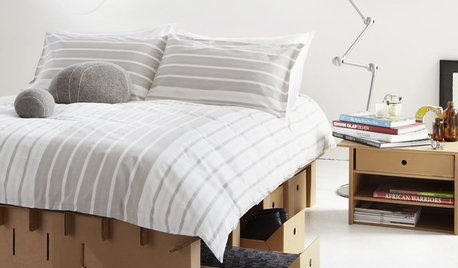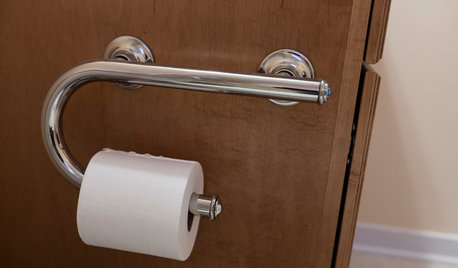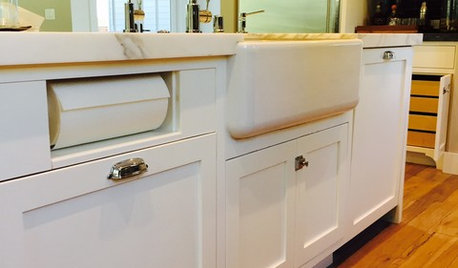Paper & Cardboard Bedding Info...
arkiegold
15 years ago
Related Stories

PRODUCT PICKSGuest Picks: Stylish Cardboard Furniture and Decor
Cardboard moves beyond the box and into the home with eclectic new designs for mirrors, storage, toys and more
Full Story
DECORATING GUIDESCardboard Furniture Shows Flat-Out Style
Easy to assemble, fully recyclable and conveniently portable, cardboard furniture and accessories are now a chic design statement as well
Full Story
ACCESSORIESMake Things Magical With Paper Lanterns
Set some poetry in motion with affordable Asian-style paper lanterns that enchant as everyday or party decor
Full Story
LIFEThe Absolute Right Way to Hang Toilet Paper. Maybe
Find out whether over or under is ahead in our poll and see some unusual roll hangers, shelves and nooks
Full Story
KITCHEN DESIGNKitchen Counters: Recycled Paper Surprises With Durability and Warmth
Sturdier than you might think, this postconsumer countertop material also has major environmental cred
Full Story
KITCHEN DESIGNKitchen Details: Out-of-Sight Paper Towel Holder
See how some homeowners are clearing the counter of clutter while keeping this necessity close at hand
Full Story
GARDENING AND LANDSCAPINGBuild a Raised Bed to Elevate Your Garden
A bounty of homegrown vegetables is easier than you think with a DIY raised garden bed to house just the right mix of soils
Full Story
GREAT HOME PROJECTSTurn That Spare Room Into a Walk-in Closet
New project for a new year: Get the closet you’ve always wanted, starting with all the info here
Full Story
DECORATING GUIDESHow to Restyle the Foot of Your Bed
Adorn your bed end with a petite table, stool, love seat or other pretty piece of functional decor
Full Story
BEDROOMSThis Teen Girl's Room Has Total Grown-up Appeal
With a textured blue wall, a mod white bed and even a Lichtenstein, this teen's bedroom draws envy beyond her age group
Full StorySponsored
More Discussions






11otis
arkiegoldOriginal Author
Related Professionals
South Elgin Landscape Architects & Landscape Designers · Roxbury Crossing Landscape Architects & Landscape Designers · Allentown Landscape Contractors · Deerfield Beach Landscape Contractors · Midland Landscape Contractors · Riverview Landscape Contractors · Siloam Springs Landscape Contractors · Vineyard Landscape Contractors · Raytown Landscape Contractors · Delhi General Contractors · Elgin General Contractors · Langley Park General Contractors · Pocatello General Contractors · Saint Paul General Contractors · Winfield General Contractors11otis
arkiegoldOriginal Author
11otis
fosteem1
arkiegoldOriginal Author